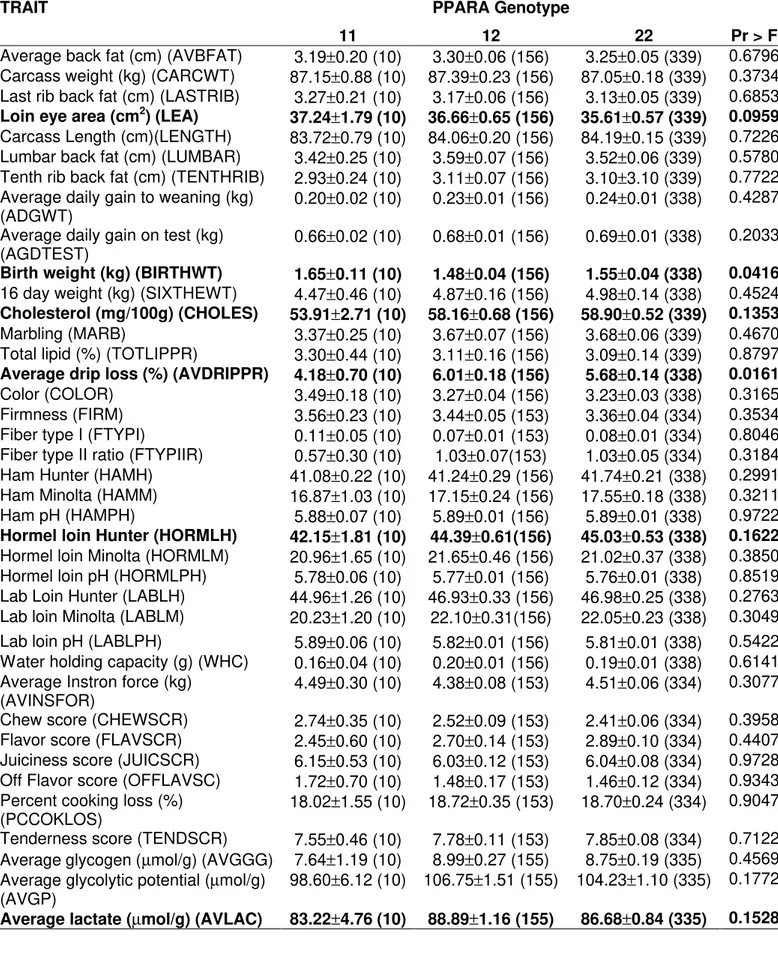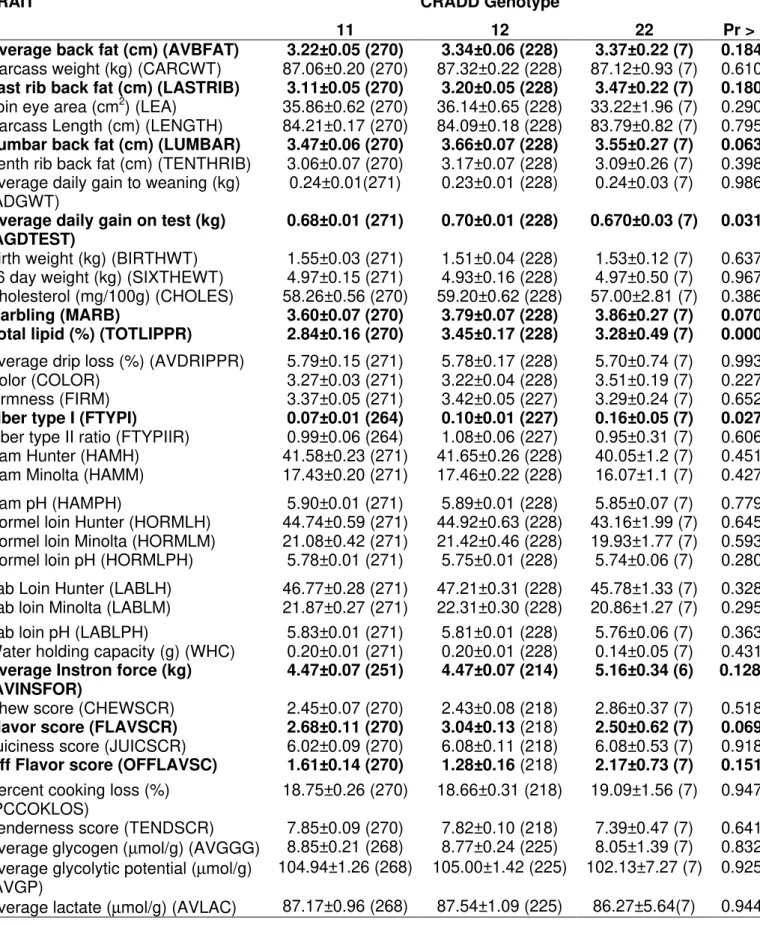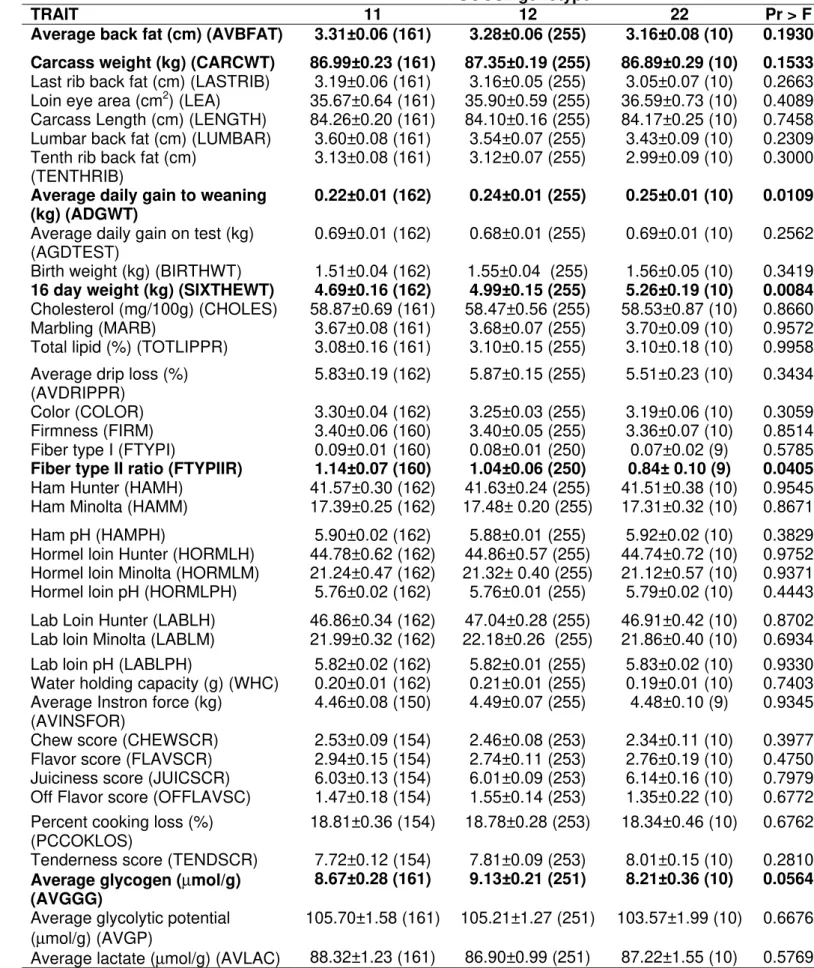CANDIDATE GENES FOR MEAT QUALITY AND GROWTH IN SWINE
Texto
Imagem
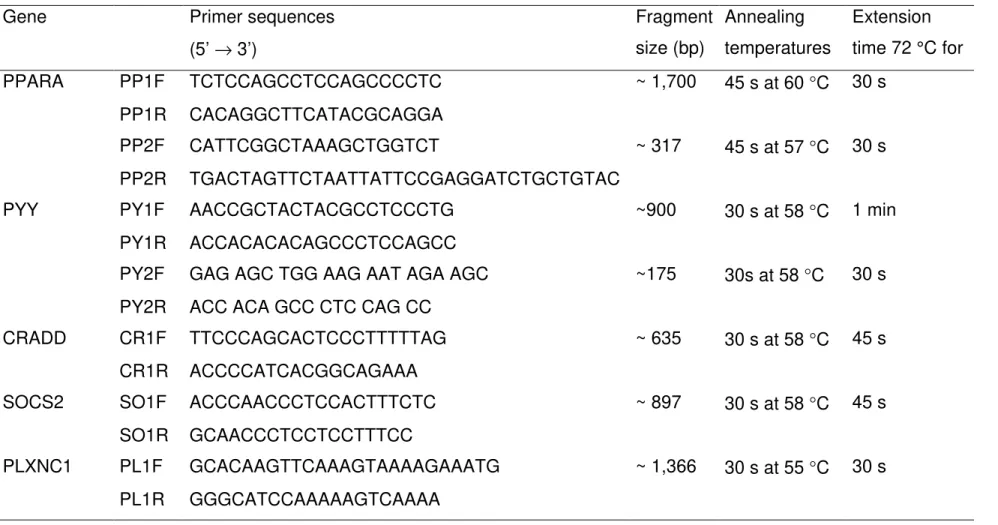


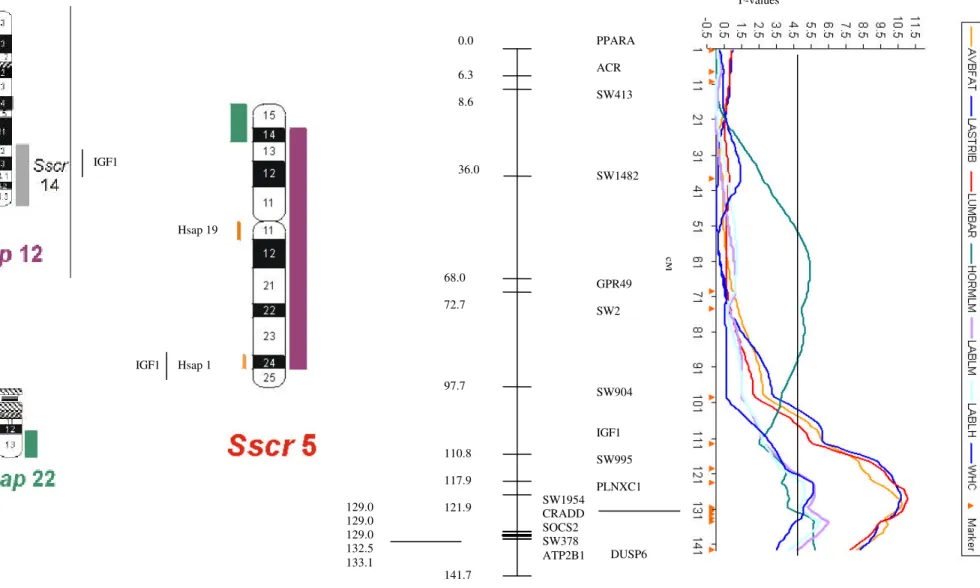
Documentos relacionados
For children without history of abuse, the moderation effect of global social support was found in all school achievement measures, and also of family and teacher support for number
There was a quadratic effect (p<0.05) of digestible lysine levels on average body weight at 40 days of age, daily weight gain, and breast yield, and a cubic effect on
Second, classification variables were generated for each meat quality attribute, comprising the categories for drip loss of loin, drip loss of ham, and marbling, adopting
In the season 2010, differences between genotypes in leaf disease severity profile and percentage of fruits with symptoms were highly significant (p<0.0001 and
In the meat, a significant effect (P<0.05) was observed on nine fatty acids evaluated, with a decrease (P<0.05) in lauric, myristic, and palmitic fatty acids, and an
Non-castrated steers showed greater daily weight gain, feed efficiency, slaughter and hot carcass weights, and loin eye area, besides lower fat thickness than surgically-castrated
Means and standard deviations for loin-eye area (LEA), loin-eye depth (LED), sternal fat thickness (SFT), body condition score (BCS), and body weight (BW) of the Brazilian creole
Objetivo: Verificar a prevalência de hábitos parafuncionais de mordida e não mordida bem como sinais e sintomas de disfunções temporomandibulares em adolescentes com
